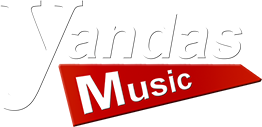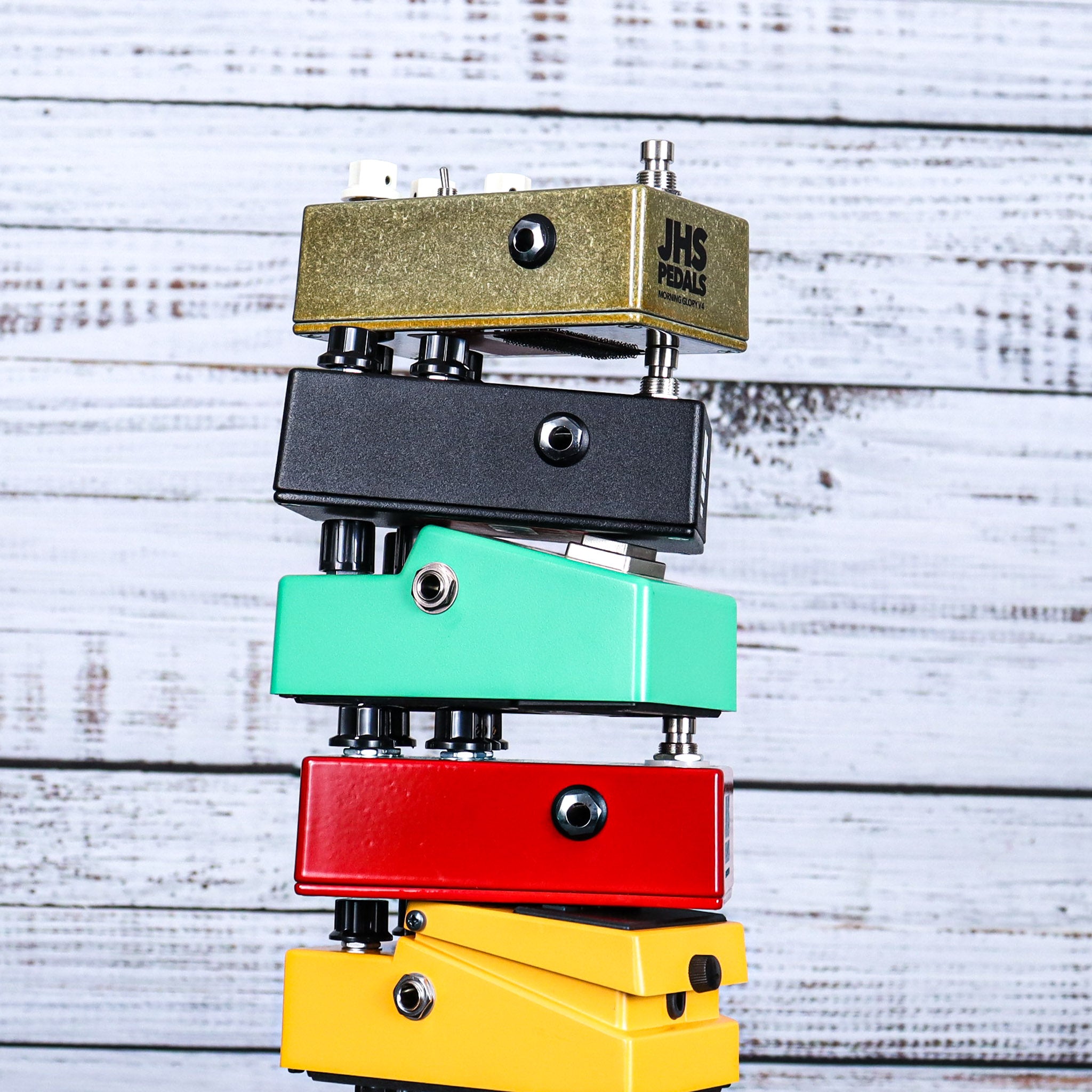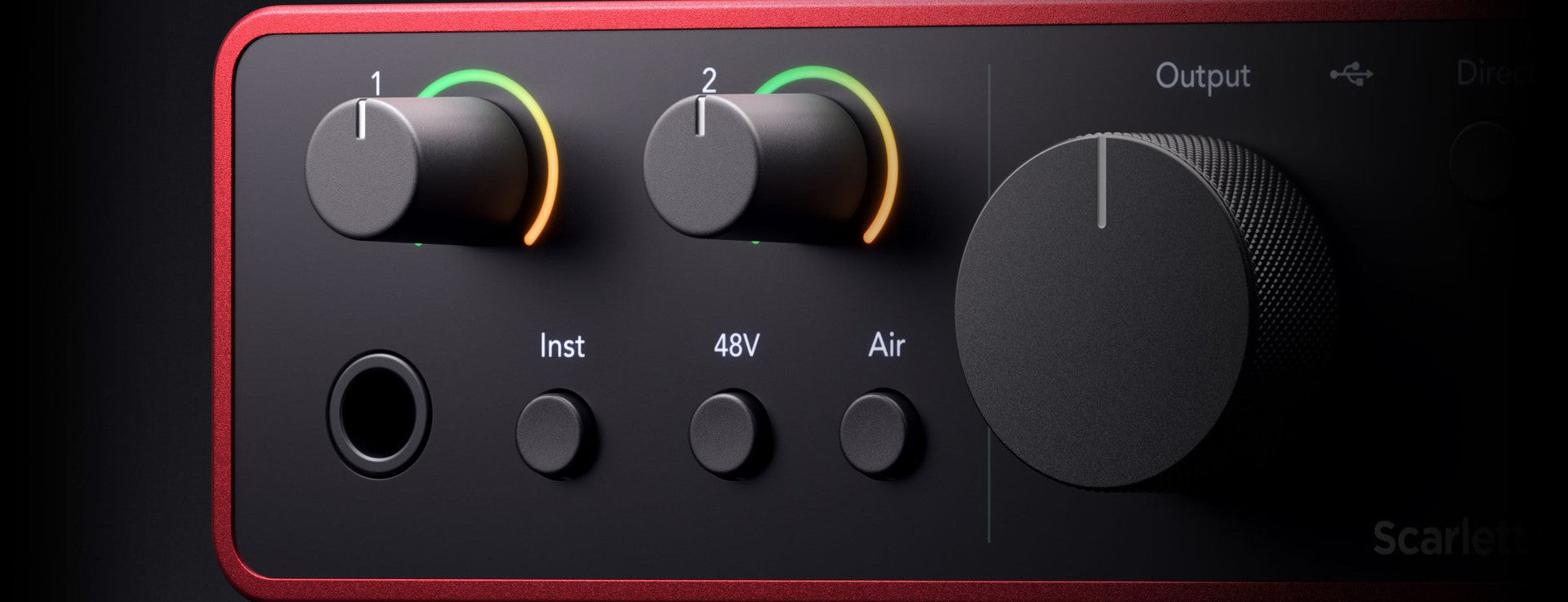Stacking Overdrive Pedals & Why It Saves You Money!
Drive pedal stacking is a loaded subject. There a sooo many different options and paths available to get to that ultimate tone. The goal of this article is to do three things...
- Understand how stacking gain pedals by providing tonal variety and saves you money in the process.
- Experiment with the order you stack your pedals in.
- Understand how gain pedals differ from each other, and why owning more than one is necessary.
So Let's get driving!
|
Not sure what drive pedals to put on your board? We got you! check our article
|
1. What is stacking?
Stacking two drive pedals together is when you run one pedal into another in your signal chain, and turn them both on at the same time. The first pedal will effect the second pedal in a certain way, creating a unique sound that either pedal would not be able to create on it's own.
"you will probably want to run your gain knobs a little bit lower than you would otherwise."
When stacking two pedals, you are essentially combing their gain together, so you don't need to have each one dimed. Some of you may have made this mistake already and gotten that terrible high pitch hiss. Not good. This is the result of "Too Much" gain. When you are running your pedals this way, you are NOT trying to get all of your distortion from any single pedal, but rather multiple pedals combined in different ways. So you will probably want to run your gain knobs a little bit lower than you would otherwise.
Also consider the EQ curve on each pedal. The tone of one pedal will effect the tone of the next, with the last pedal in the chain having the greatest effect on the overall tone. If you want a modern scooped mid sound, don't put a Tube Screamer style pedal at the end of your chain as these pedals tend to boost the mid range.
Pro Tip: the last pedal in your chain (closest to the amp) has the most affect on the guitars overall tone/volume.
2. What order is correct?
Short answer. Whatever your ear say's sounds good!!! Almost every thread on the internet says stack low gain to high gain. I'm sorry but that couldn't be more wrong! (watch the negative comments flood in). This may be the standard approach that most people stick to, but it is not a rule! Anytime you have a hard-fast rule on pedal order you are going to miss an opportunity for fun and unique sounds. Understanding your pedals, what they do, and experimenting is the key.
Stacking Example 1:
I have found that a three drive system works really well for me.
Pedal 1: I want a lighter/cleaner pedal. Something like a BluesBreaker or a Klon can be get the job done. This will generally be the first pedal in the chain. Just remember that the Klon and Tubscreamer both bump the mid range. The Klons Mid is around 1k where the TS is 800hz. So when you stack the two you will get mids into mids. (not necessarily bad just be aware).
Pedal 2: I like to have one of those be a very mid forward pedal like a TS circuit. If it has a Three-Band-EQ it's even better. I'll usually have this as the second pedal in my chain.
Pedal 3: I want something that can get some attention! This is my Heaviest most saturated drive. You can substitute a fuzz here if you like, but for signal chain issues it needs it be silicon. Personally I like something that will still give me mids ( I use it less with #2 then #1) But a searing JCM800 style tone.
With this setup, I have loads of tonal options available. The key is that I don't have to run all three pedals at the same time, plus I can mix and match which ones are on / off. This setup can achieve a clean boost with just pedal one on, or full on face melting distortion!
Stacking Example 2
Pedal 1: Middle Gain, We have this bad boy set-up to be full and meaty! If it has a Three-Band-EQ we want to knock out some lows, highs to taste, but make sure there are plenty of mids. Adjust the volume so that it does boost or cut the sound.
Pedal 2: Lead drive. The sear the sizzle. This beast is #3 and we set the volume the same as #2. Again, we don't wan this pedal to boost the volume, so adjust accordingly. Tone can be a little darker than #2 but that's your choice. You still want some mids and plenty of gain (just don't make it muddy - rolling off low end can help as gain goes up if you have that ability.)
Pedal 3: Light gain. I like the EQ for this pedal to be on the brighter side and gain to be at the "edge of breakup" When dialing in the volume make sure it gives you a fair boost.
"But wait, you are putting the lightest gain pedal last! That's Heresy!"
Hear me out on this. If you put your main meaty drives first then finish with the Cleaner higher volume pedal you get a dirty boost that actually adds more volume and dirt to either of the other two overdrives (or both). You now have a louder dirtier version of your main overdrive tones, in other words a Lead Boost. You may want to go back and adjust the settings on the other two pedals to play well with the boost and eq properties of the third pedal, but do the math. you now have 8 possible gain stages from just 3 pedals.
More Than Three?
You better believe it! Three drive pedals is a great place to start, and will be enough for most players. Once you have your core tones set then some obvious things to add would be an EQ pedal. You can do this before the drive pedals for a tool to level out differences between guitars. You can also put the EQ after the drive pedals for use as a main EQ for the entire drive section. Think of this as a three channel amp with a master EQ after for a real swiss army knife setup. This would be similar to the Mesa Boogie Mark V or VII.
You can also add a Fuzz! If Germanium this needs to be first in your chain. Germanium circuits like to "see" your guitar. Usually even before your tuner. Most tuners have a buffer or boosted output which the germnium fuzz circuit wont like. A silicon Fuzz gives you the flexibility to move it around like any other drive or distortion. These I tend to prefer last or closer to last. What did I say at the beginning? -Whatever your ear say's sounds good!!!
3. Do I really need 14 drive pedals?
Some of you read "14" and chuckled because it was a joke. Some of you lowered your heads in shame because you have 13 on you board now and just checked the tracking on number 14.
Each drive pedal has it's own unique voice. So yes, collect those bad boys like they are Pokemon cards. But do you really need all 14 on your pedal board at all times? Most guys that have double digit drive pedals do that because they don't stack them. They typically have one drive for one tone and then go to another pedal for another tone. They want the unique voice of each pedal to it's thing. There is nothing wrong with this at all. Stacking gives you flexibility and variety while using less pedals overall.
The mind-set changes from "one-tone = one drive" or Man to Man Coverage to "one drive = one stage" or Zone Coverage.
You can cover a lot more ground with less drive pedals by stacking. A huge advantage here that you might be overlooking: gain stacking gives you more bang for you buck! IT SAVES YOU MONEY so you can afford higher quality pedals or invest that money in something like a new amp or guitar.
I hope you see some benefits to stacking. One suggestion I would give you that has helped ME through my tone journey is this. As you slim down from 14 drive pedals or you build up from scratch invest in the pedal that you feel is right for the job. You're saving money here, so don't skimp and buy the cheap knock off, get the real thing. Also understand what each pedal does, and how that fits into your pedal chain.
Drop us a line! Come see us! Let us help you build your board!



